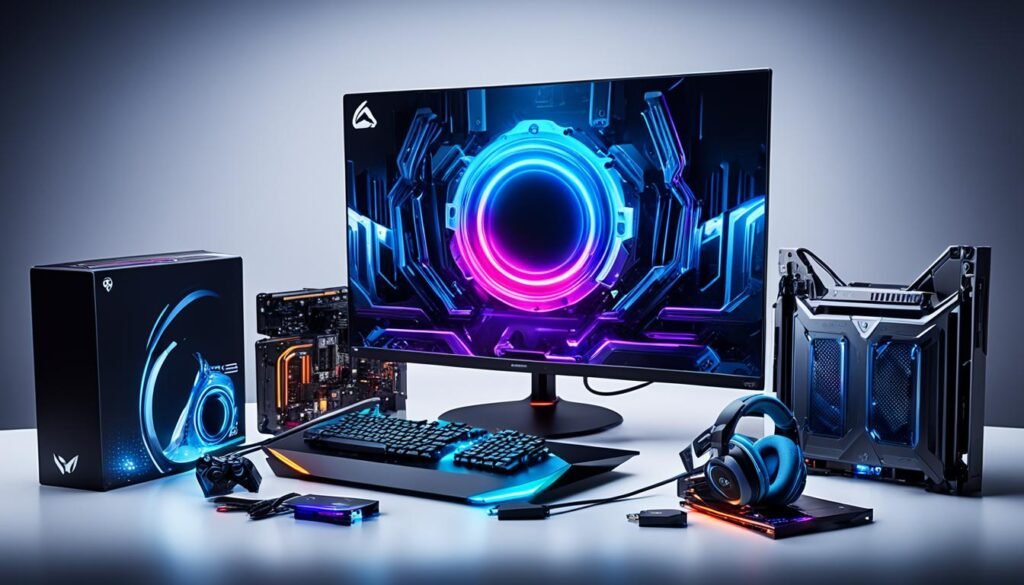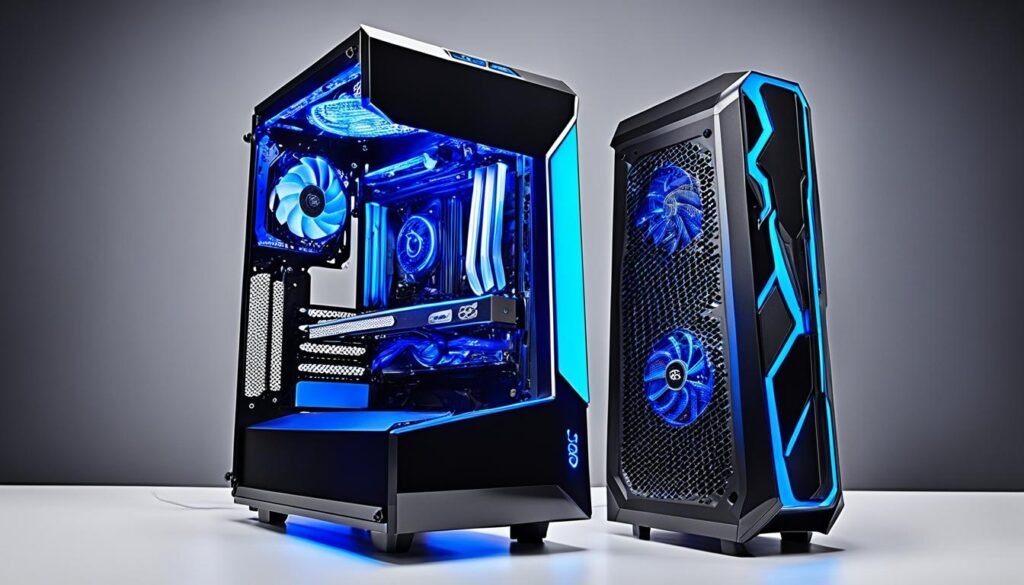- Primary focus: best portable iPhone chargers
- Recommended capacity: 10,000mAh–20,000mAh
- Fast charging: USB-C Power Delivery (PD)
- Travel-safe limit: Under 27,000mAh (airline approved)
- Best use cases: travel, daily commute, outdoor use
Running out of battery on your iPhone at the wrong time is more than annoying—it can disrupt work, navigation, and communication. Choosing one of the best portable iPhone chargers ensures you stay powered whether you’re traveling, commuting, or simply away from an outlet for hours.
Just like picking the right accessories such as protective cases from our guide on the best iPhone cases for protection, selecting the right power bank depends on how you actually use your phone day to day. Capacity, charging speed, and portability all matter more than flashy marketing claims.
| Portable Charger | Capacity | Fast Charging | Best For |
|---|---|---|---|
| Apple MagSafe Battery Pack | ~1,460mAh | No | Daily convenience |
| Anker PowerCore Slim 10K PD | 10,000mAh | Yes (20W PD) | Everyday carry |
| Anker 321 Power Bank | 5,000mAh | Standard | Ultra-portable backup |
| Anker 737 Power Bank | 24,000mAh | Yes (PD, high output) | Travel & power users |
| Mophie Powerstation XXL | 20,000mAh | Yes | Extended trips |
| OtterBox Fast Charger Power Bank | 10,000mAh | Yes | Rugged outdoor use |
| QiSa Solar Charger | 20,000mAh | Standard | Camping & emergencies |
Apple MagSafe Battery Pack
The Apple MagSafe Battery Pack is designed for simplicity. It magnetically attaches to compatible iPhones and delivers wireless charging without cables. This makes it ideal for short daily use, especially when you want a compact solution that integrates smoothly with iOS battery management.
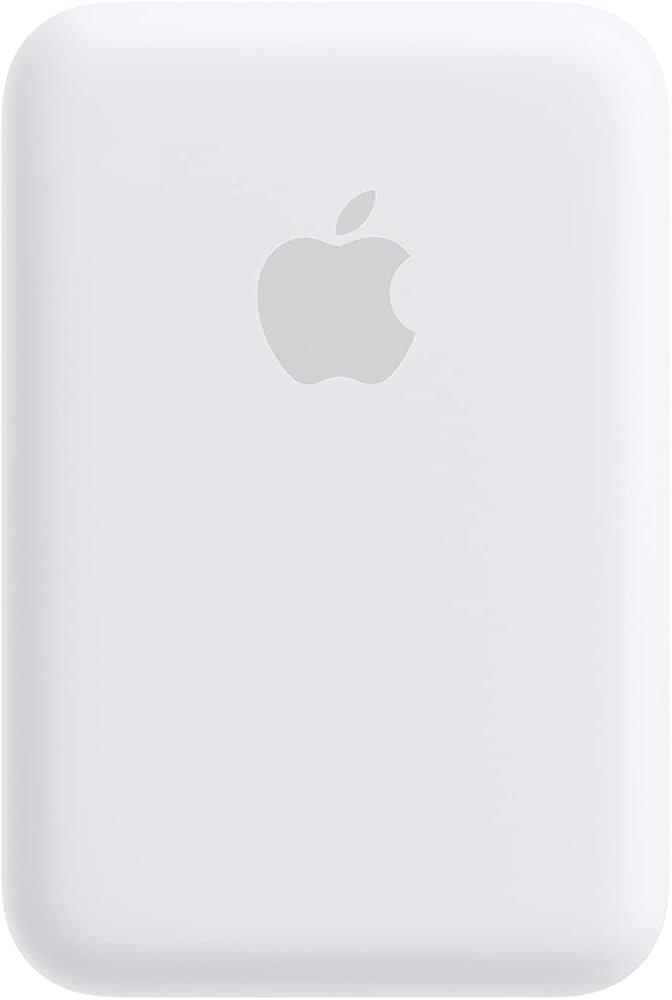
However, its limited capacity means it works best as a convenience charger rather than a full-day solution. If you frequently use power-hungry apps or accessories—like those discussed in our guide to the best portable chargers for iPhone—you may want something stronger.
Anker PowerCore Slim 10K PD
This is one of the most balanced options on the market. The Anker PowerCore Slim 10K PD supports USB-C Power Delivery, allowing fast charging for modern iPhones. Its slim design makes it easy to carry in a pocket or backpack.
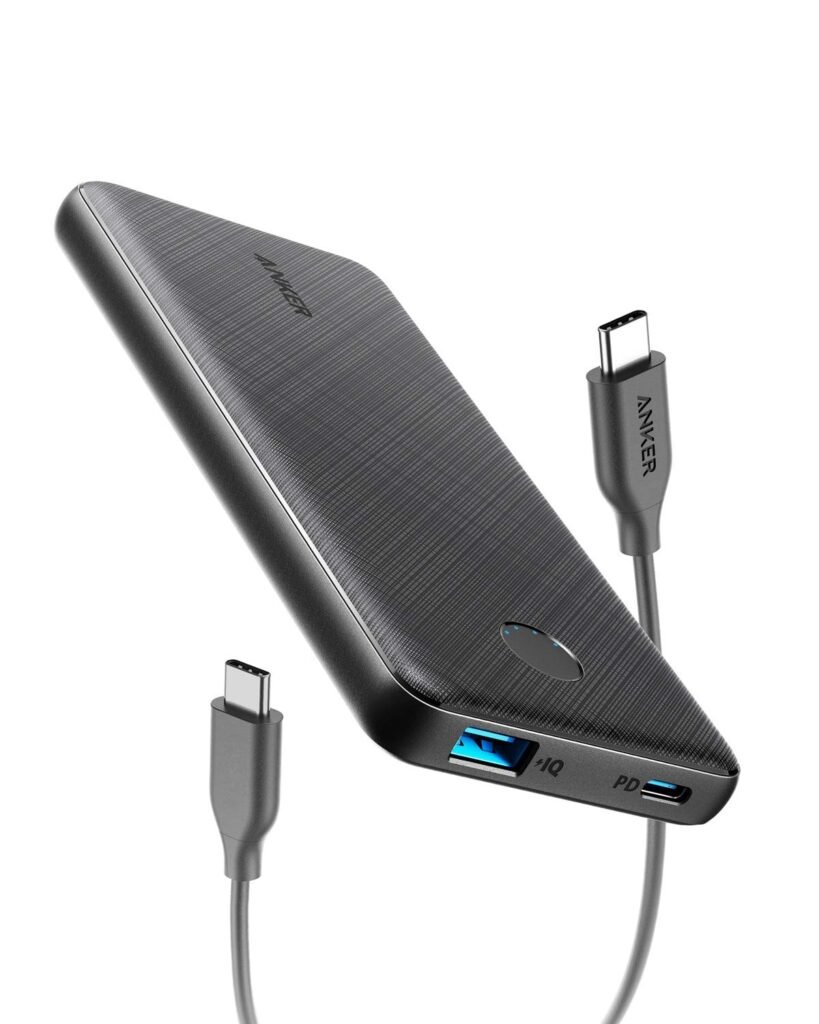
For users who rely on navigation, streaming, or photography—similar to those who benefit from gear mentioned in the best MacBook for photo editing—this charger delivers reliable performance without unnecessary bulk.
Anker 321 Power Bank (PowerCore 5K)
If portability is your top priority, the Anker 321 Power Bank is a solid choice. With a 5,000mAh capacity, it provides roughly one full charge for most iPhones. It’s ideal for short trips, errands, or emergency use.
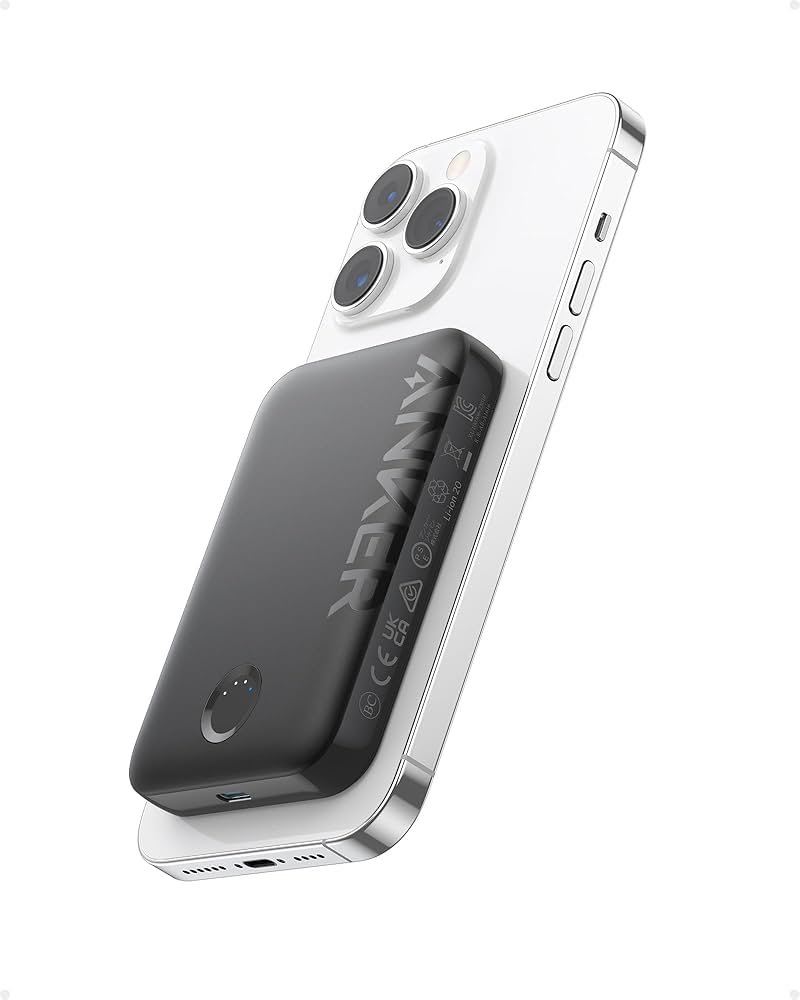
This charger won’t replace a high-capacity power bank, but it excels as a lightweight backup option you can carry daily.
Anker 737 Power Bank
The Anker 737 Power Bank is built for users who demand serious power. With very high output and multiple ports, it can charge not only iPhones but also tablets and laptops. This makes it ideal for long trips, remote work, or multi-device users.
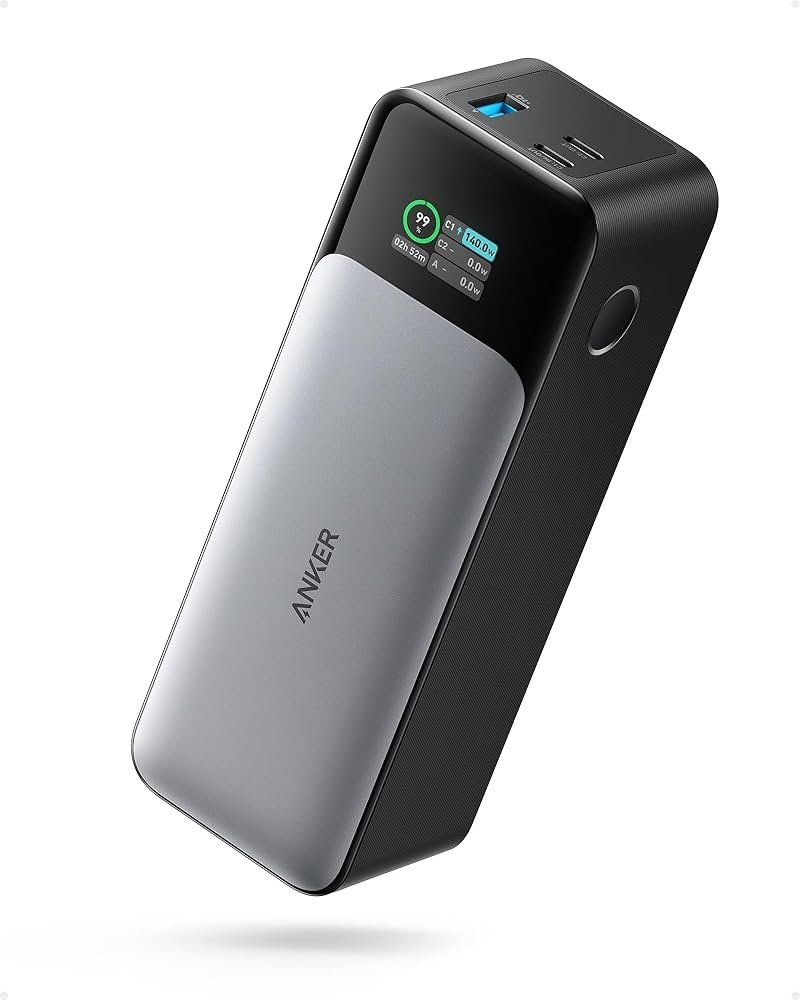
If you often carry tech gear similar to that covered in our article on the best laptop cooler for gaming, this power bank fits naturally into a high-performance setup.
Mophie Powerstation XXL
For extended travel or multi-day use, the Mophie Powerstation XXL offers peace of mind. Its large battery capacity can recharge an iPhone several times before needing a refill.
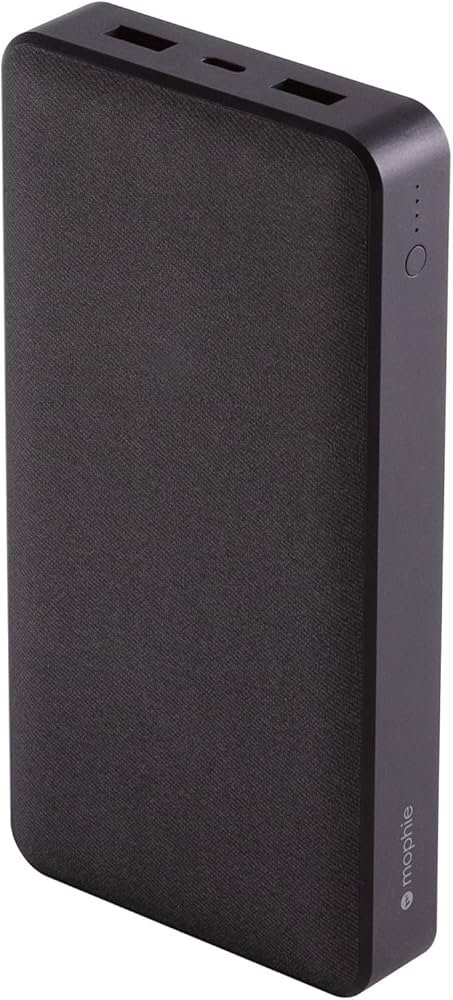
This makes it a strong choice for travelers who may not have frequent access to outlets, especially when paired with travel-friendly tech setups.
OtterBox Fast Charger Power Bank
Known for durability, the OtterBox Fast Charger Power Bank is designed to handle rough use. It supports fast charging and features a rugged exterior suitable for outdoor activities or job sites.
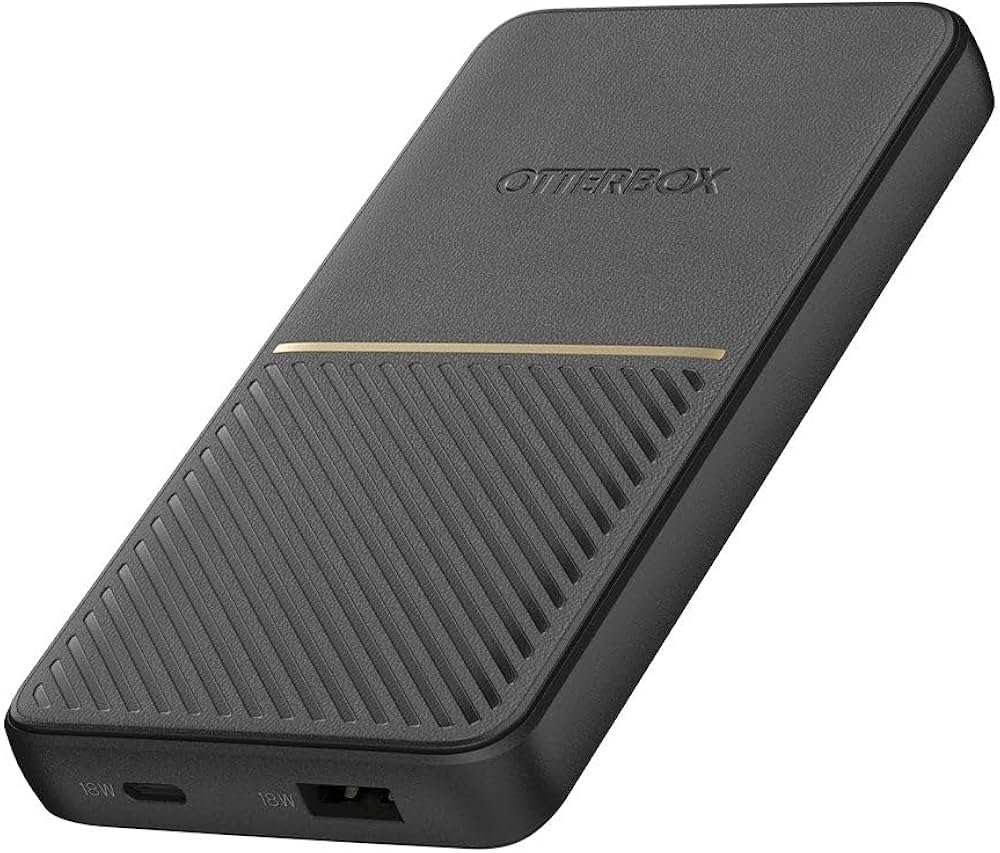
If your lifestyle includes outdoor travel or equipment similar to what’s discussed in the best solar charger for backpacking guide, this charger offers a dependable middle ground between toughness and performance.
QiSa Solar Charger
The QiSa Solar Charger is best suited for emergency situations or camping. While solar charging is slow, the large internal battery and multiple USB ports make it useful when no power outlets are available.
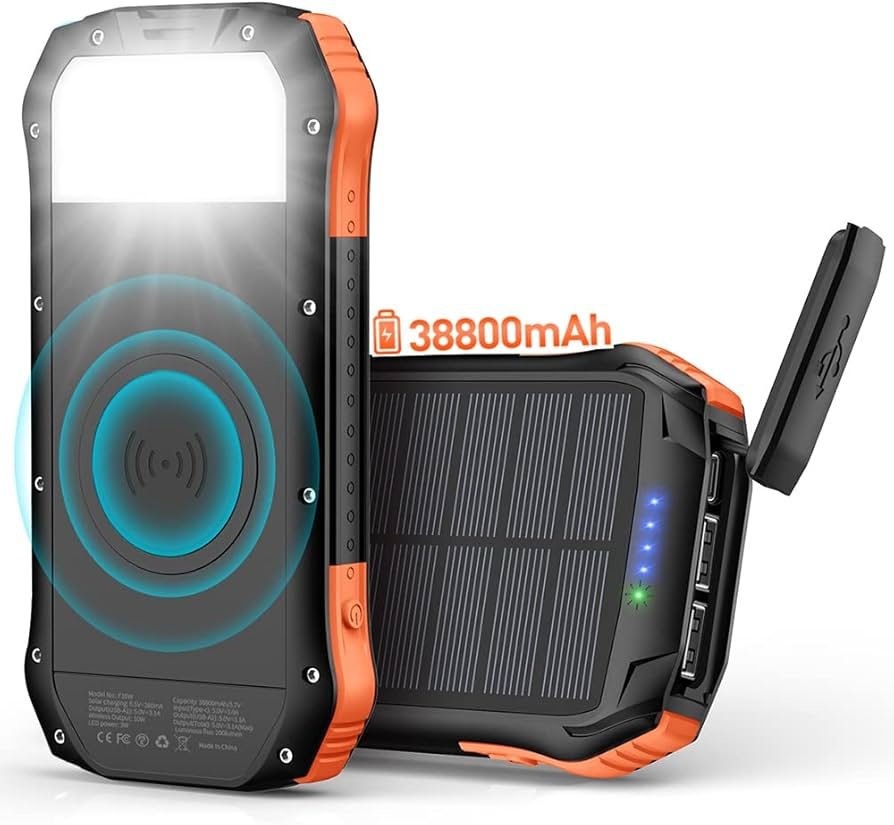
It’s not ideal for daily fast charging, but it can be a lifesaver in off-grid situations.
FAQ
For most users, 10,000mAh is the sweet spot. It provides about two full charges without being too bulky. Travelers may prefer 20,000mAh.
Yes, many modern power banks support USB-C Power Delivery, which allows fast charging on compatible iPhones.
Most airlines allow power banks under 27,000mAh in carry-on luggage. They are not permitted in checked bags.
Yes. Wireless charging is more convenient but generally slower and less efficient than wired USB-C charging.
Many larger power banks include multiple output ports, allowing you to charge more than one device simultaneously.
DISCLAIMER:
This blog post is for informational purposes only. We make every effort to provide accurate, current, and well-sourced information, but we cannot guarantee its completeness or absolute accuracy.
All images, videos, and logos used on bestfordaily.com are the property of their respective owners. We aim to credit and reference them appropriately. If you are the rightful owner and wish to have your image, video, or logo removed, please get in touch with us.
Author
-

Hey there! I'm Andrew Reed, and I live for the thrill of writing reviews. Dive into my world at bestfordaily.com, where I unpack stories behind products and experiences. I'm all about sharing my unique take on things, infusing each review with my youthful enthusiasm and a dash of social flair. Join me on this exciting journey—I promise you won't just read reviews; you'll experience them!
View all posts




